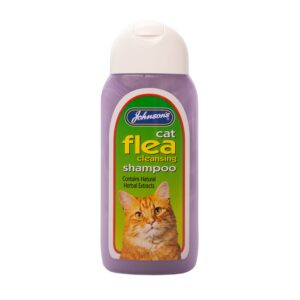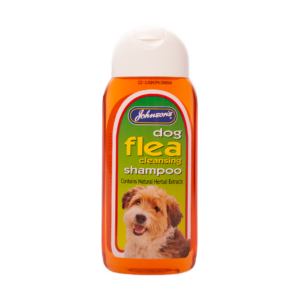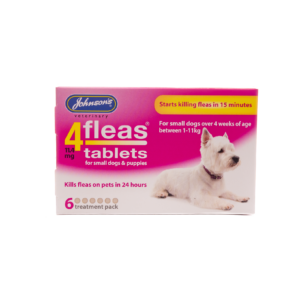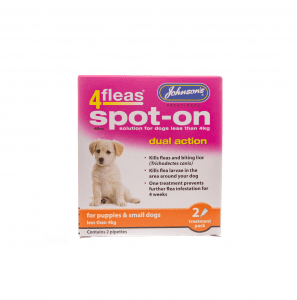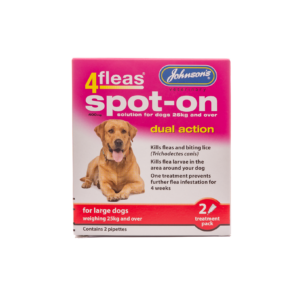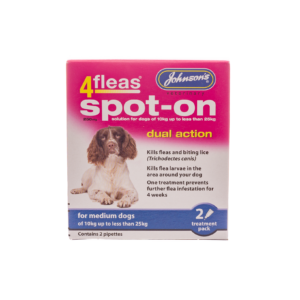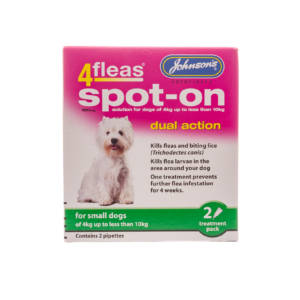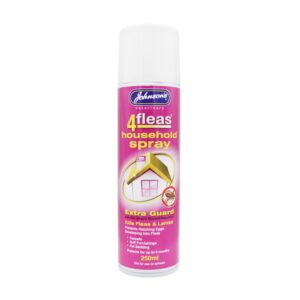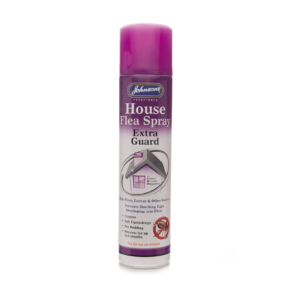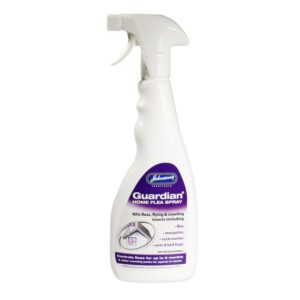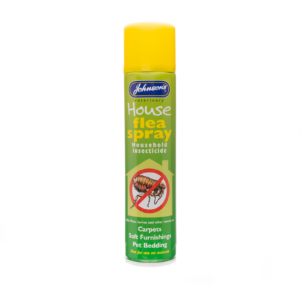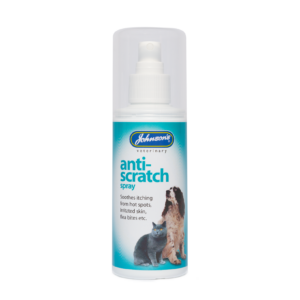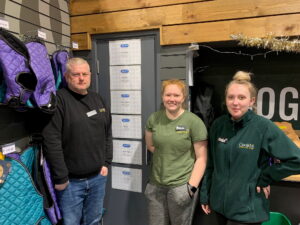Flea season is almost here and it’s time to think...
Read MoreDon’t make a meal out of treating fleas
Killing fleas on pets is a good start, but 95% of the flea lifecycle takes place in the home, such as pet bedding, carpets and soft furnishings.
To prevent reinfestation, it is vital to break this lifecycle taking place in the home.
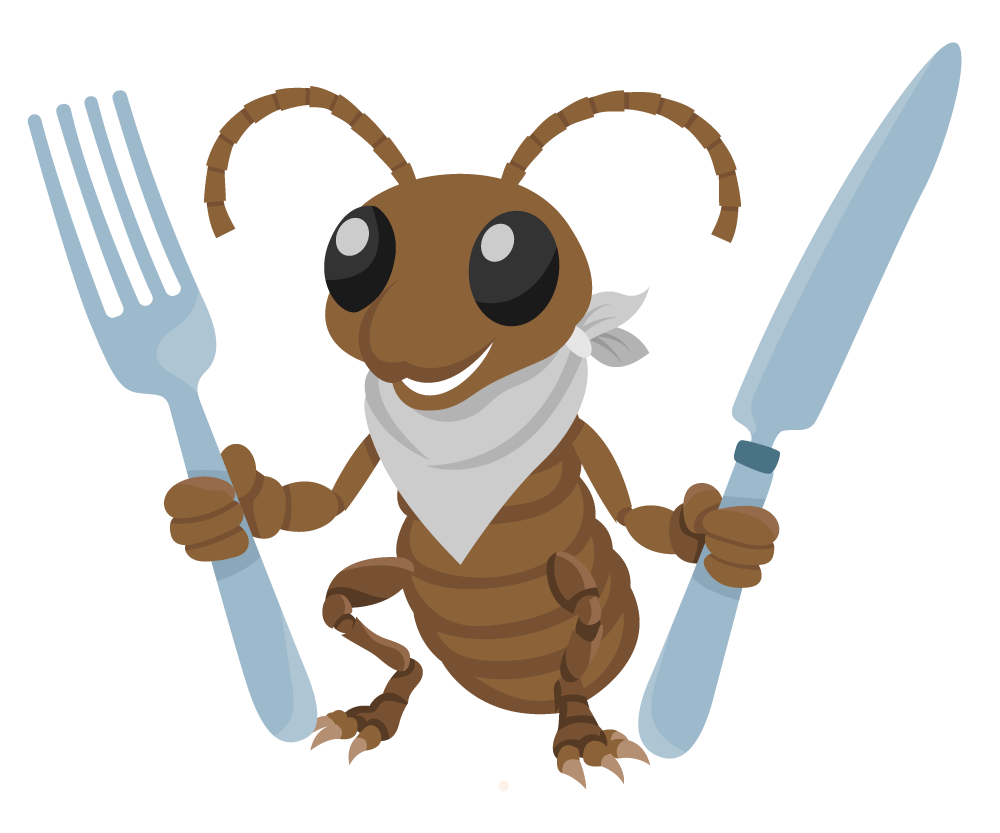
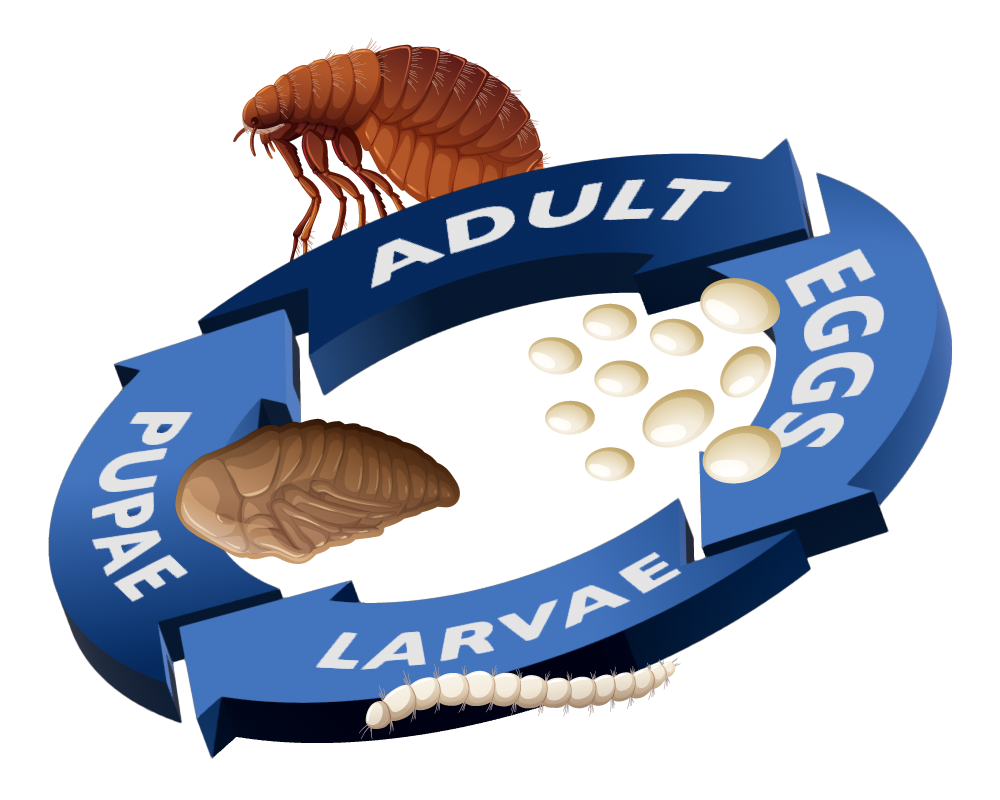
Eggs make up 50% of the flea lifecycle
An adult female flea lays 20-50 eggs per day, which will be found on pets and in bedding, carpets, furnishings, etc.
Larvae make up 35% of the flea lifecycle
Larvae are free moving and feed on blood and flea faeces. Within 5-20 days, the larvae will enter the pupae stage
Pupae make up 10% of the flea lifecycle
Pupae can develop into adult fleas in a week, but can remain in this stage for many months
Adult flea makes up 5% of the flea lifecycle
Adult flea emerges from its cocoon when temperature conditions are suitable, also when triggered by a potential host (including humans!)
Flea Facts!
- Dogs and cats typically pick up fleas from contact with infested animals, such as other dogs and cats, or wildlife, such as birds, rodents and hedgehogs.
- Serious infestation can quickly occur in summer months, but thanks to warm homes with central heating and fitted carpets, fleas are now a year-round problem.
- Often, pets can become allergic to flea saliva, which will lead to inflamed skin, sores and even loss of coat.
How to tell if a pet has fleas
Common signs of flea infestation include:
- constant scratching
- biting or licking of the coat
- twitching of back muscles
- obvious skin and coat problems
- black specks in the fur
Treatments for pets and the home
Johnson’s produce a range of affordable, highly effective, veterinary-strength flea control products, that not only kill the fleas on your pets, but can prevent flea eggs hatching, thanks to the inclusion of an insect growth regulator (IGR).
Blogs about fleas
Bitingly Cold? How Fleas Can Thrive Inside During the Winter
Contrary to popular belief, fleas are not an issue purely...
Read MoreBoost Your Knowledge on Tackling Flea and Worm Issues With Johnson’s New Online Training Portal
The UK’s leading pet healthcare product manufacturer, Johnson’s Veterinary Products,...
Read More





